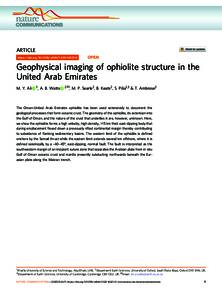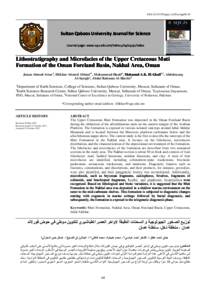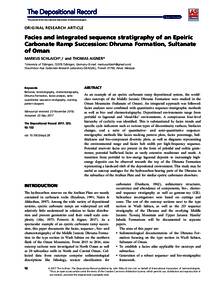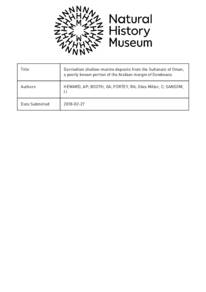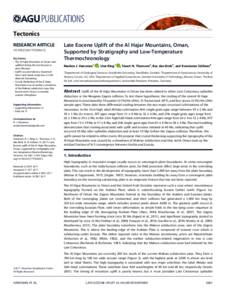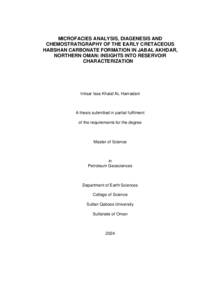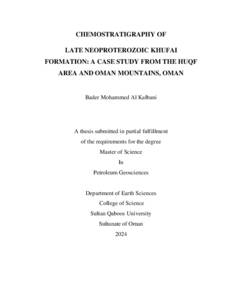وثيقة
Subsidence history and seismic stratigraphy of the Western Musandam Peninsula, Oman–United Arab Emirates Mountains.
المعرف
DOI: 10.1002/2017TC004777
المصدر
Tectonics. v. 37, 1, p. 154-181
المساهمون
الدولة
United Kingdom.
مكان النشر
Oxford
الناشر
Blackwell Publishing Ltd.
ميلادي
2018-01-01
اللغة
الأنجليزية
الملخص الإنجليزي
Seismic reflection profiles, exploratory well, and outcrop data are used to determine the stratigraphy and tectonic subsidence and uplift history of the western Musandam peninsula. Five major regional megasequences have been recognized: (1) Permian to Late Cretaceous rifted margin sequence, (2) Late Cretaceous Aruma foreland basin sequence that evolved in response to the obduction of the Semail Ophiolite, (3) early–mid-Cenozoic Pabdeh foreland basin sequence that formed due to orogenic loading associated with the early continent–continent collision of the Arabian and Eurasian plates in the Zagros mountains of central Iran, (4) a sequence above the mid-Miocene unconformity that marks the final stage of continent–continent collision, and (5) a sequence above the late Pliocene unconformity interpreted as tilting due to the latest stage of continent–continent collision. In addition, seismic and outcrop data captured multiple west-verging and east-dipping thrust faults associated with the deformation of the Hagab thrust, which causes repetition of the Permian–Mesozoic shelf sequence and the early–mid Cenozoic foreland basin sequence. The tectonic subsidence and uplift derived from backstripping can be explained by a model in which the margin developed by uniform depth extension with an initial age of rifting of 260 Ma and a final age of rifting of 185 Ma. Moreover, the tectonic subsidence indicates two compressional events that commenced at ~94 Ma and ~25 Ma, respectively. These events are attributed to the obduction of the Semail Ophiolite and the culmination of the Musandam peninsula, respectively.
ISSN
0278-7407
قالب العنصر
مقالات الدوريات

